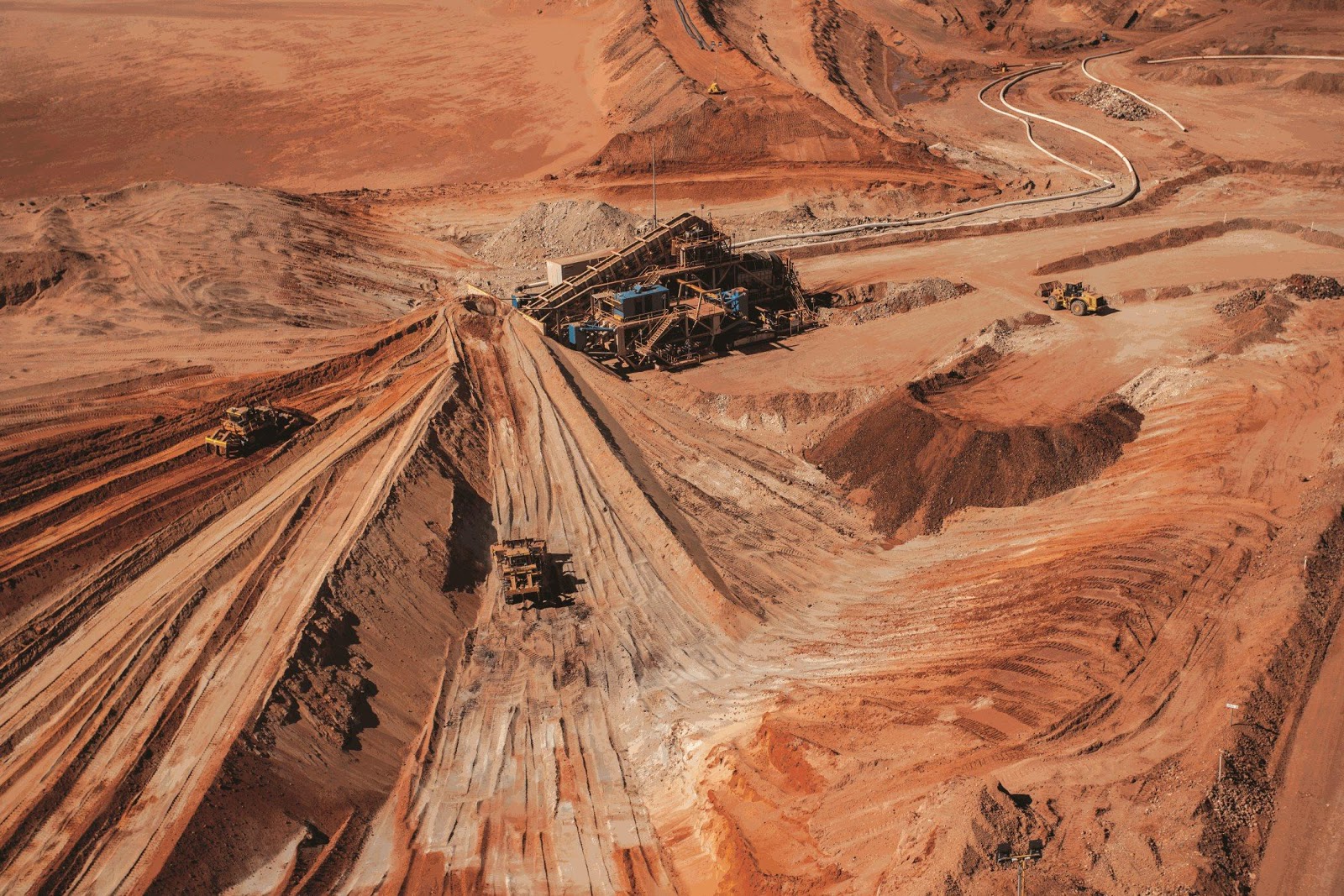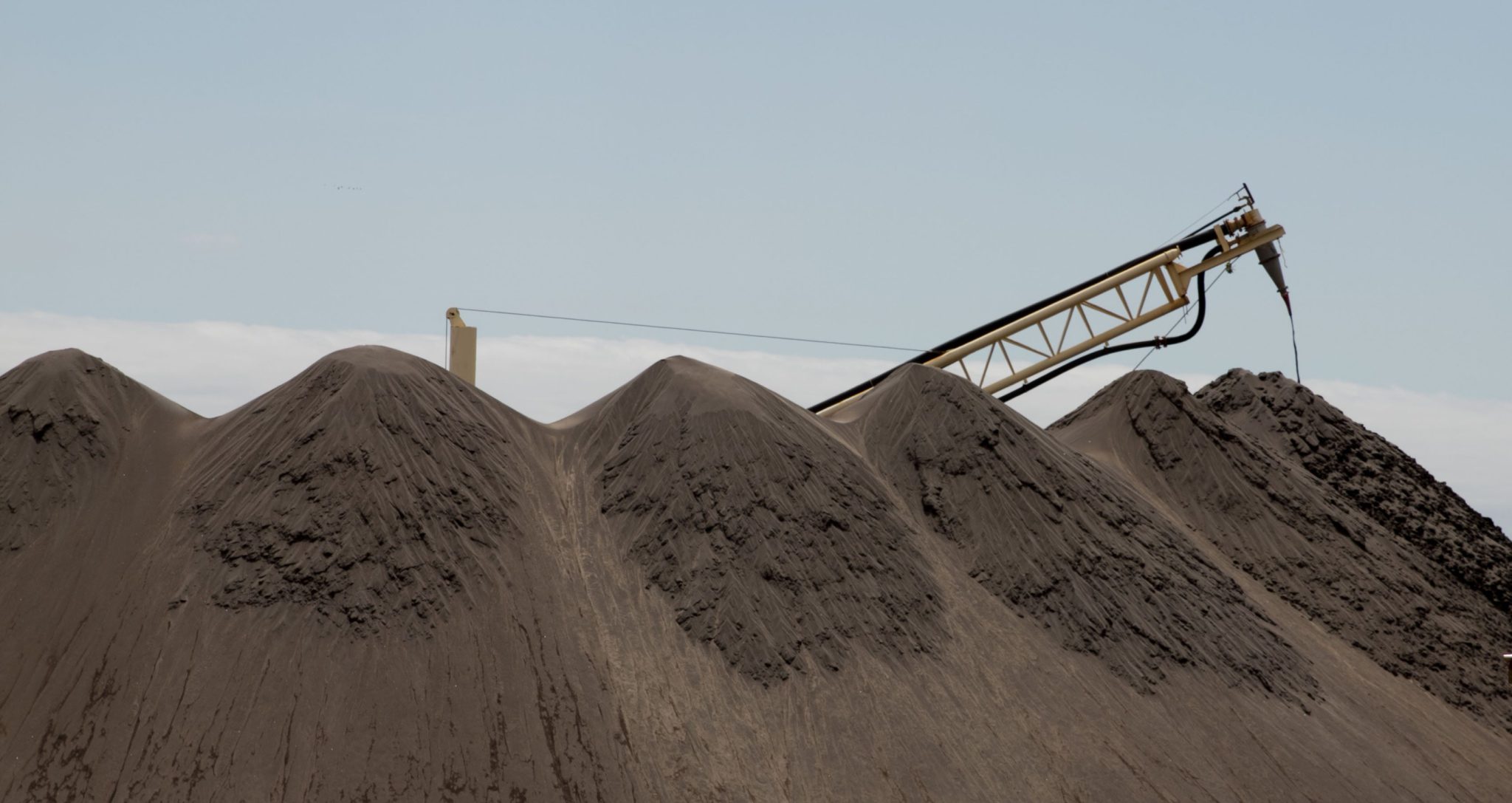Fused quartz, also known as fused silica, is a type of glass made from high-purity silicon dioxide (SiO₂). It is known for its exceptional properties, including high thermal stability, excellent optical clarity, and resistance to chemical and environmental factors.

Characteristics
- Chemical Composition: Fused quartz is made almost entirely of silicon dioxide (SiO₂), typically having a purity level greater than 99.95%.
- Physical Properties:
- Thermal Stability: Fused quartz has a very low coefficient of thermal expansion, making it resistant to thermal shock and suitable for high-temperature applications.
- Optical Clarity: It is highly transparent to a wide range of wavelengths, from ultraviolet to infrared, making it ideal for optical applications.
- Mechanical Strength: It has good mechanical strength and hardness, with a Mohs hardness of 7.
- Chemical Resistance: Fused quartz is highly resistant to most chemicals and environmental conditions, except for hydrofluoric acid.
Production Process
- Raw Material: The production of fused quartz starts with high-purity quartz sand.
- Melting: The quartz sand is melted at temperatures around 2000°C in an electric arc furnace or other high-temperature furnace. This process removes any impurities and produces a homogenous glass.
- Forming: The molten quartz can be formed into various shapes and products, such as rods, tubes, and plates, through casting or other forming techniques.
- Annealing: After forming, the quartz glass is slowly cooled (annealed) to remove internal stresses and improve its mechanical properties.
Applications
- Optical Applications:
- Lenses and Windows: Due to its excellent optical clarity, fused quartz is used for lenses, windows, and other optical components in scientific instruments, cameras, and high-precision optical systems.
- Fiber Optics: It is a key material in the production of optical fibers for telecommunications due to its transparency and low attenuation of light.
- Semiconductor Industry: Fused quartz is used in the manufacturing of semiconductor devices, where it serves as a material for crucibles, furnaces, and other components that require high purity and thermal stability.
- Laboratory Equipment: Its chemical resistance and thermal properties make fused quartz ideal for laboratory glassware, such as beakers, crucibles, and reaction vessels.
- Lighting Industry: Fused quartz is used in the production of high-intensity discharge lamps, UV lamps, and other lighting applications due to its ability to withstand high temperatures and transmit ultraviolet light.
- Aerospace and Defense: It is used in various aerospace and defense applications for its durability and ability to perform under extreme conditions.
Fused quartz is a highly pure form of silicon dioxide glass known for its exceptional thermal stability, optical clarity, mechanical strength, and chemical resistance. It is produced through the high-temperature melting of quartz sand, followed by forming and annealing processes. Fused quartz finds applications in optics, semiconductor manufacturing, laboratory equipment, lighting, and aerospace industries, among others, due to its unique and valuable properties.


